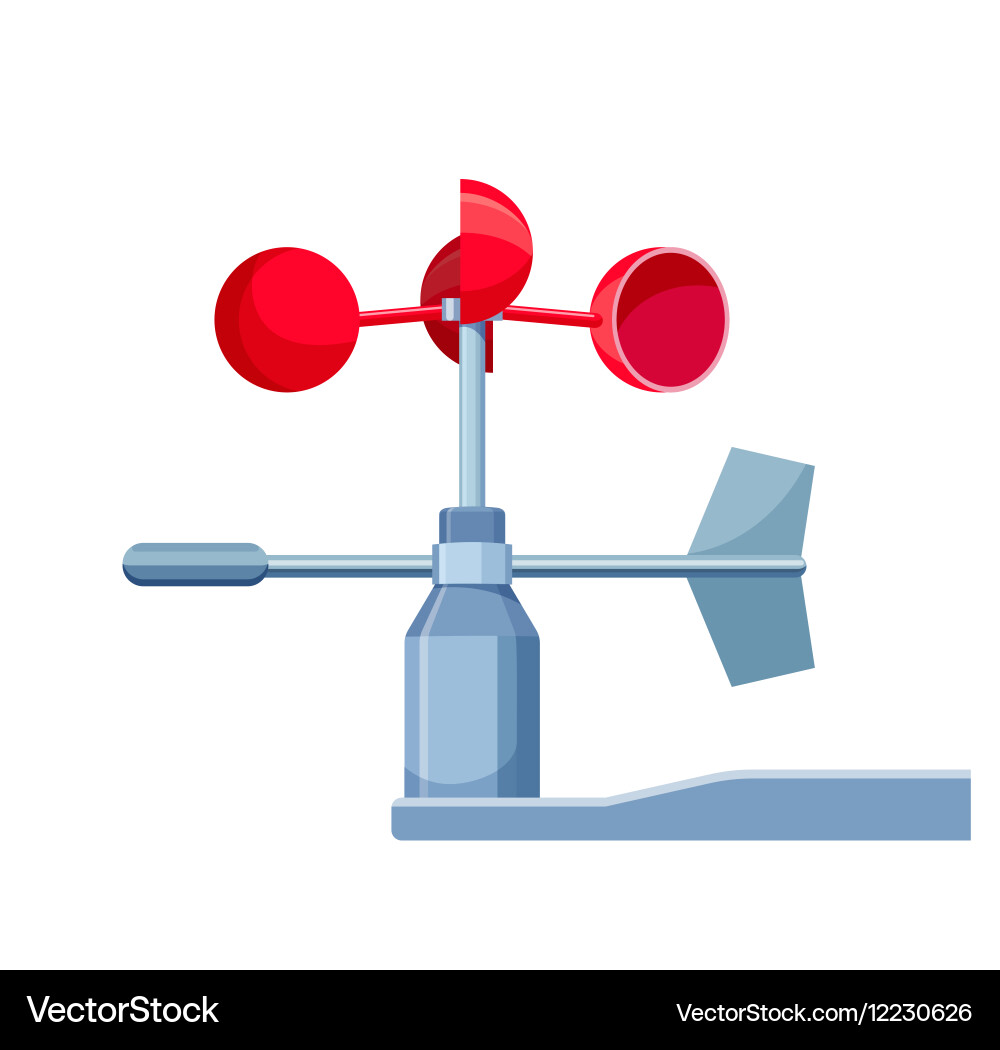Expert Tips for Adjusting Your Anemometer for Optimal Efficiency
All You Required to Know Concerning Anemometers: Just How They Work, Why They Issue, and Where to Make use of Them
Anemometers, however typically neglected in the world of clinical instruments, play an essential role in numerous areas, offering beneficial understandings into wind rate and air movement patterns. As we dig right into the ins and outs of anemometer technology, we will certainly reveal the inner operations of these gadgets, their significance, and the essential considerations when selecting the ideal anemometer for details applications.

Anemometer Essentials
A necessary tool utilized to determine wind rate and instructions, the anemometer plays an important function in weather forecasting and various sectors. An anemometer typically includes 3 or 4 mugs that revolve in the wind, a vane that aims right into the wind, and sensing units to track the turnings or activities. By computing the rotations or movements over a specific amount of time, the anemometer can determine wind speed. The vane assists determine wind instructions by pointing into the wind, supplying valuable data for weather condition forecasting, aviation, maritime procedures, ecological monitoring, and wind energy applications.
There are numerous types of anemometers available, consisting of mug anemometers, vane anemometers, hot-wire anemometers, and sonic anemometers, each with its unique attributes and applications. Mug anemometers are generally used for fundamental wind speed measurements, while vane anemometers are favored for directional dimensions. Hot-wire anemometers appropriate for low airspeeds, and sonic anemometers are ideal for high-precision measurements in study and commercial settings. Recognizing the fundamentals of anemometers is important for exact wind data collection and evaluation throughout various markets.
Principles of Anemometer Procedure
Building on the fundamental understanding of anemometer fundamentals, the principles of anemometer procedure elucidate the mechanics behind wind speed and direction dimensions. Anemometers operate the concept of airflow impacting a sensor, triggering it to rotate. Cup anemometers, for example, have three or even more cups that catch the wind, triggering them to spin faster as the wind rate increases. The turning rate is then exchanged a wind rate measurement. Vane anemometers, on the other hand, use a tail or a probe that aligns itself with the wind direction, offering a dimension of wind instructions based on the positioning of the sensing unit. Hot-wire anemometers rely upon a heated wire that cools down as wind passes over it, with the rate of cooling figuring out the wind rate. Ultrasonic anemometers procedure wind rate and direction by analyzing the time it considers ultrasonic signals to take a trip between transducers. Understanding these concepts is vital for precise and dependable wind dimensions in numerous applications.
Importance of Anemometers
The value of anemometers in meteorology and numerous sectors can not be overemphasized. Anemometers play a vital function in measuring web wind rate and instructions, providing important data for climate forecasting, climate researches, environmental monitoring, and aeronautics operations. Meteorologists depend on anemometers to gather exact wind data, assisting them recognize weather condition patterns, predict tornados, and issue prompt warnings to the general public. In markets such as building, agriculture, renewable energy, and maritime operations, anemometers are made use of to enhance processes, ensure safety and security, and boost efficiency. As an example, wind farm operators utilize anemometers to analyze wind problems and optimize electricity manufacturing from wind generators. In the maritime industry, anemometers aid ship go to these guys navigating by giving real-time wind information to captains, assisting them make educated choices to make sure risk-free voyages. Overall, anemometers are essential devices that add substantially to security, effectiveness, and educated decision-making in weather forecasting and a vast array of sectors.
Applications Across Numerous Industries
Applications of anemometers span across diverse industries, showcasing their versatility and energy past meteorology. In the renewable resource field, anemometers play a critical function in analyzing wind conditions for wind farm placements, guaranteeing ideal energy production. Industries like building and mining use anemometers to monitor wind rates, essential for safety procedures, especially when functioning at elevations or in open-pit mines where solid winds can present hazards. Anemometers are additionally essential in the aeronautics sector, helping pilots in comprehending airspeed and wind instructions for risk-free take-offs and touchdowns. The maritime sector benefits from anemometers for ship navigating, helping seafarers prepare for weather changes and change paths as necessary. In agriculture, anemometers assist farmers in taking care of crop splashing by supplying real-time data on wind rate to stay clear of drift. Anemometers find applications in Cooling and heating systems to maximize air movement and boost energy efficiency in buildings. The diverse usage cases of anemometers underscore their significance throughout various sectors, highlighting their important duty in improving functional security and performance (anemometer).

Picking the Right Anemometer for Your Demands
For informative post basic functions, a mug anemometer is suitable for determining wind speed, while a vane anemometer offers wind instructions information. Hot-wire anemometers are ideal for low airspeed dimensions, and ultrasonic anemometers use high accuracy and toughness.

Verdict
In conclusion, anemometers play a vital role in gauging wind rate and instructions throughout numerous markets. It is crucial to take into consideration the importance of anemometers in order to make educated choices when picking the most ideal gadget for gauging wind problems.
There are numerous kinds of anemometers available, including mug anemometers, vane anemometers, hot-wire anemometers, and sonic anemometers, each with its unique features and applications. Cup anemometers are typically made use of for standard wind rate dimensions, while vane anemometers are chosen for directional dimensions. Hot-wire anemometers are ideal for low airspeeds, and sonic anemometers are optimal for high-precision measurements in study and commercial settings.Structure on the foundational understanding of anemometer fundamentals, the principles of anemometer operation clarify the mechanics behind wind speed and direction dimensions. For general objectives, a cup anemometer is ideal for determining wind rate, while a vane anemometer offers wind direction data.